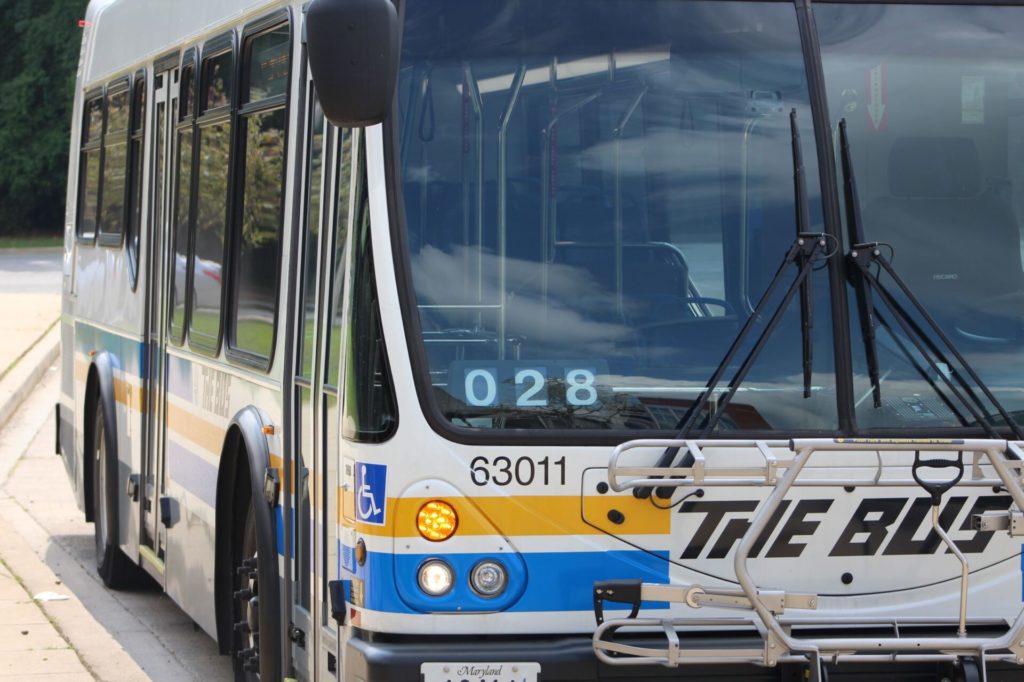COALITION FOR SMARTER GROWTH
PRESS RELEASE
For Immediate Release
July 21, 2021
Contact
Stewart Schwartz, Executive Director, 703-599-6437
Transportation Planning Board Re-Vote on Governor Hogan’s Toll Lanes
Governor Hogan’s strong-arming further exposes biases and flaws in Beltway/270 study, and the distortions of the P3 approach
Today, the regional Transportation Planning Board voted to reinstate the Beltway/I-270 toll lanes project in the long-range transportation plan for air quality modeling. The revote followed a massive political campaign by Governor Hogan, including threats to cut projects, removals of toll road opponents and appointments of supporters, and weak promises of additional investment in transit.
“Rather than establishing the merits of his toll lanes project, Governor Hogan has reinforced the serious bias and flaws in his approach to the Capital Beltway and I-270,” said Stewart Schwartz, Executive Director of the Coalition for Smarter Growth. “He started with the conclusion that he wanted private toll lanes and has failed to analyze comprehensive alternatives.”
“The toll lanes would reinforce the East-West economic divide in our region condemning Prince George’s commuters to either paying very high tolls or sitting in the general-purpose lane traffic that the toll road companies depend on to generate their profits. A far better alternative is Maryland investment in transit-oriented development on the east side of the region, which would increase jobs, shorten commutes, even out the flows on the Beltway and Metrorail, and help address the E-W economic and racial divide,” said Schwartz.
“The P3 process in Virginia and Maryland is resulting in undue influence by multinational corporations, prejudging and biasing the outcome of environmental and alternatives studies,” said Schwartz. “The premature approval of 495Next in Virginia created a threat of a bottleneck at the American Legion Bridge, which has become a way to force concerned Virginia and Maryland jurisdictions to support the further extension of the toll lanes into Maryland.”
“Not only are we not getting objective evaluation of alternatives, these projects also fail to adequately fund good, effective transit, and include non-compete clauses that potentially block important transit investments such as future Metrorail or light rail at the American Legion Bridge.”
“It is astounding to see our local and state leaders pressing forward with massive highway expansion in the face of the existential threat of climate change. In the past weeks, we have heard more about the melting of ice sheets in the Arctic, Greenland, and Antarctica, massive fires in the Western US, deadly flooding in Europe, the US and China, and shellfish cooking on the beaches of Canada amid record heat waves,” said Schwartz. “As this vote took place today, the DC region has a Code Orange, unhealthy air due to particulate pollution from the haze from massive Western wildfires.”
“Going forward, we are urging the Maryland Board of Public Works to delay action on contracts until completion of the environmental impact studies and the addition of a TOD/transit/demand management alternative,” concluded Schwartz.
Our thanks to the following elected officials and their jurisdictions who stood up for fighting climate change, and for transit and sustainable, equitable communities: Mayor Patrick Wojahn (College Park), Mayor Emmett Jordan (Greenbelt), County Executive Marc Elrich ( Montgomery County), Mayor Bridget Newton (Rockville), Councilmember Kacy Kostiuk (Takoma Park), Mayor Pro Tem Adrian Boafo (Bowie), Delegate Marc Korman (MD House), and Councilmembers Brooke Pinto, Charles Allen, and Christina Henderson (DC).
###


